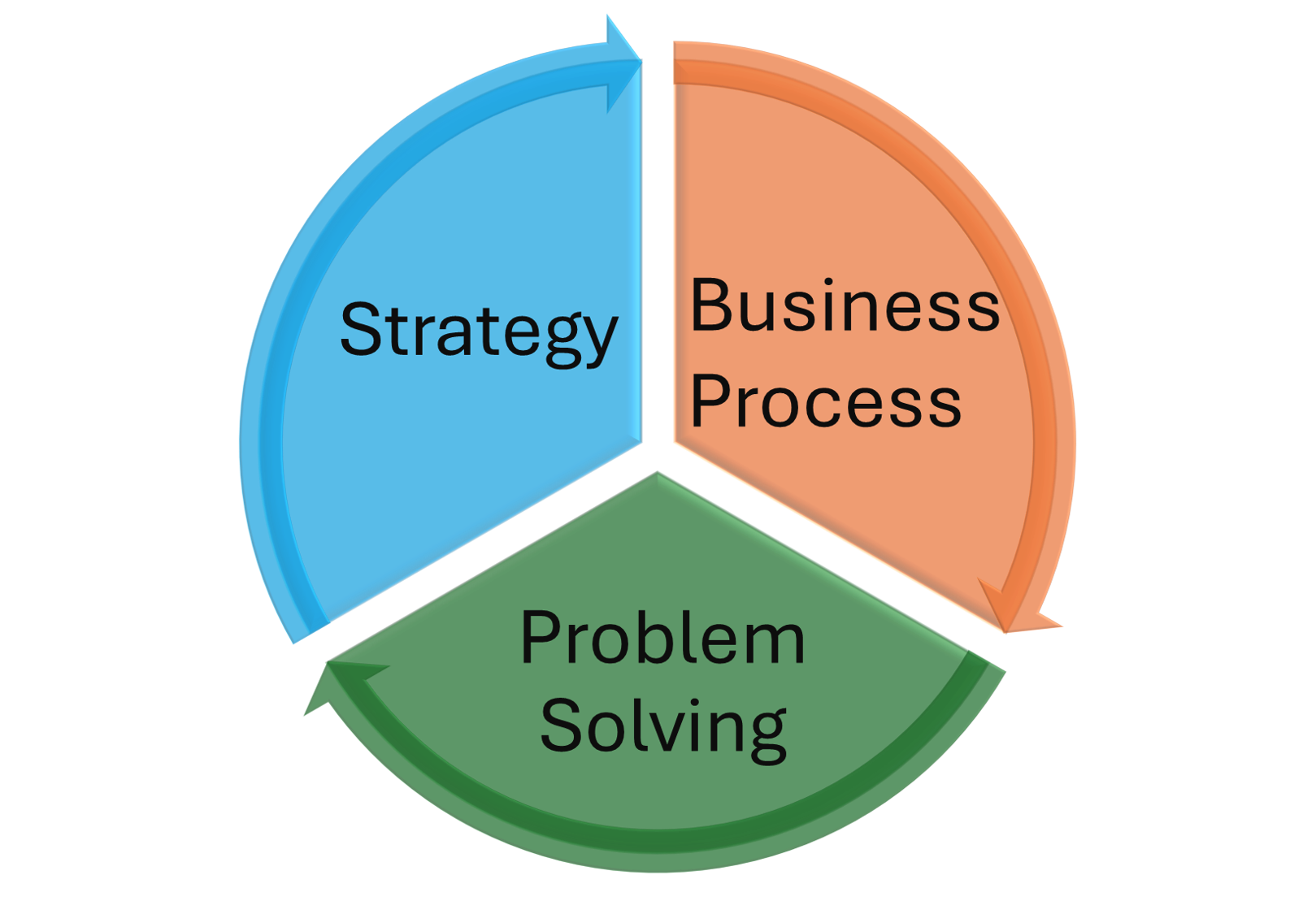CASE STUDY 3.5 – Installation of Escalation management & taskforce management for high risk issues
PROBLEM STATEMENT
A large tier 1 supplier to the Automotive OEM’s were put on escalation levels regularly due to poor product quality, poor issue containment and problem resolution.
The approach to de-escalation was not clearly defined. Several aspects needed improvement such as; responsibility in the face of the Customers, communication channels, content, problem solving methodology and speed of response.
Many issues were repeat issues meaning that the organisation was not learning from its mistakes. There was no „Read Across“ between locations.
The headcount turnover was also detrimental to dealing effectively wth the high incidence of quality issues.
The quality of information and the level of information provided to senior management was not appropriate and not transparent.
TASKS and ACTIONS
The initial task was to confront the central and local organisations as to the many critical quality issues and to share these quickly across the world.
Also, the roles and responsibilities of the central departments versus the local plants had to be re-defined. previously held assumptions had to be challenged and attitudes had to be changed.
The basic escalation path, starting with Quick Response Concern Management (QRCM) at Plant level had to be defined, trained and coached.
The Job profiles for key plant and central functions stating the tasks and responsibilities were revised.
The tools for tackling problems were standardized such as, A3, 8D, 5 Why’s and Ishikawa diagrams were standardized and coached using a 3 level peer review process.
Daily Issue reporting had to be established with new rules.
A clear Taskforce approach to de-escalation was needed, incorporating rules for how best to communicate to the Customer.
Senior management had to be be given understandandable status reports as part of business risk management.
RESULTS
A Quality Alert process was established (News flash) for significant issues using a global sharepoint application.
More transparency and better information was made available for management attention based on a simple one pager per issue containing; Problem description, potential likely root cause, interim containment and corrective actions.
The quality of problem solving was improved through the peer review approach. A clear understanding and application of Taskforce methodology for management escalation was achieved with good results. Three de-esclations were achieved in the first year.
Customer feedback was received that confirmed that the business was delivering better and quicker problem solving.

